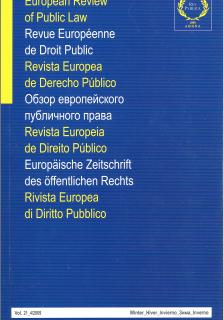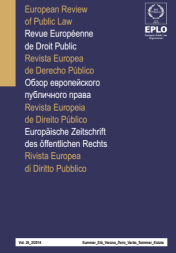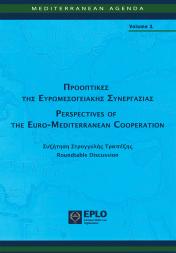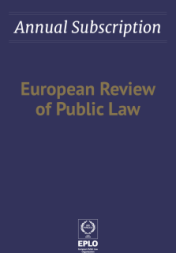
Administrative Law / Droit administratif
Serbia / Serbie
Throughout 2009 Serbia continued with the implementation of the administrative reforms aiming at improving the functioning of state administration and also with the preparation for further stages of the European integration. Two major reform initiatives were introduced in 2009. The first initiative concerns two draft laws governing the reduction of the number of employees in republic and local administrations. The overstaffing of public administration had become unsustainable, in particular during the economic crisis. However, many of the statutory provisions have significant deficiencies that may jeopardize the entire reform and lead to potentially unfair and improper implementation. In regard to the cutbacks of employees in republic administration, there are concerns about the short time limit for undertaking the appraisal of civil servants as well as the lack of adequate legal remedy against the decision on performance results and the existence of criteria that are difficult to assess. The criteria for determining the optimal number of employees in local administration, as well as the methodology used also raise concerns about their adequacy. The second significant measure in further implementation of the administrative reforms was the adoption of the Regional Development Act, which will alter the competences of central and regional as well as local authorities. The act aims to strengthen economic, social and territorial cohesion by reducing differences in the level of development among regions and preparation for the use of EU regional funds in the future. Yet again, the definition of regions and other relevant units as well as the proliferation of state bodies in this field may undermine the proper implementation of this administrative reform.





















